Rare animals refer to those animal species whose numbers are extremely limited, endangered or extinct. These species generally have important ecological and cultural value and therefore need to be valued and protected. Common rare animals include giant pandas, snow leopards, golden monkeys, South China tigers, etc. Due to the impact of human activities on the natural environment, the habitats of many rare animals have been destroyed and their survival faces severe challenges. Therefore, the protection of rare animals has become a global issue. Do you know which animals are the rarest and most precious in the world? This article has compiled for you the ten rarest animals in the world, namely spotted softshell turtle, Gulf porpoise, Javan rhinoceros, Amur leopard, kakapo, white lion, alligator, red wolf, Sumatran rhinoceros, and Siberian tiger.
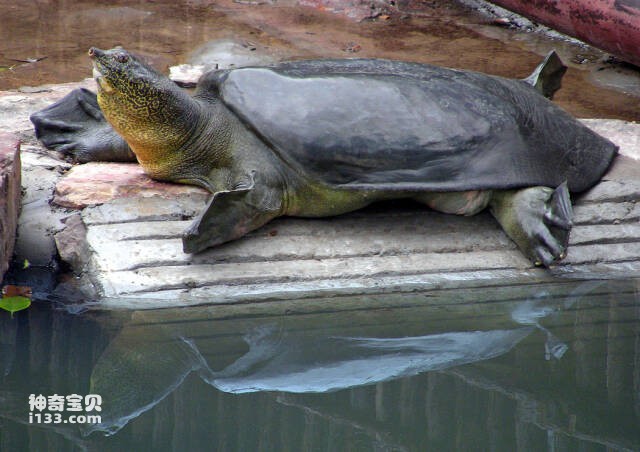
1. Spotted soft-shell turtle (scientific name: Rafetus swinhoei)
The spotted soft-shell turtle, also known as the Sri Lankan soft-shell turtle and the Taihu soft-shell turtle, is the most endangered species among turtles. Only three spotted soft-shell turtles are known to be alive in the world. Due to the massive increase in human activities and the huge demand for turtle shells in traditional Chinese medicine, the population of spotted turtles has declined rapidly. The pollution of the habitat and fishing have led to such a living situation for the spotted turtles. Turtles in the wild will be taken away, eaten or sold if someone sees them. Turtles must come ashore to bask on their backs and lay eggs, so they are easily caught. The lifespan of spotted turtles is several times longer than that of humans. It is really sad that this group of turtles ended up at the hands of humans.
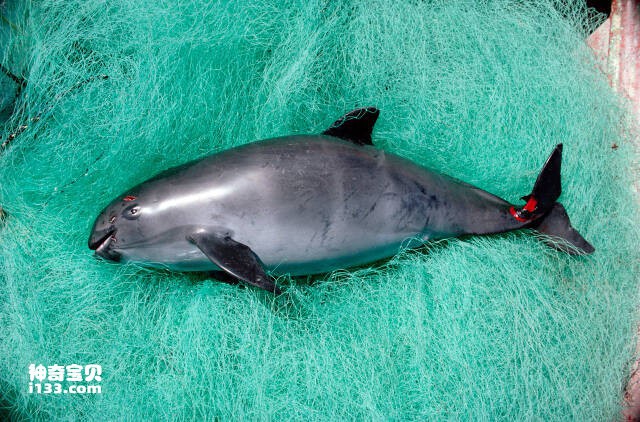
A Gulf porpoise caught as bycatch in a gillnet in the Gulf of Mexico
2. Gulf porpoise (scientific name: Phocoena sinus)
The Vaquita porpoise, also known as the Vaquita porpoise and Cochito, is a species endemic to the northern Gulf of California. It is estimated that its number is less than 300. Due to its small habitat and the fact that it is easily trapped in fishing nets, these are among the The main cause of danger. The vaquita is listed as critically endangered on the IUCN Red List, just one step above complete extinction in the wild. It is considered the most endangered marine mammal in the world.
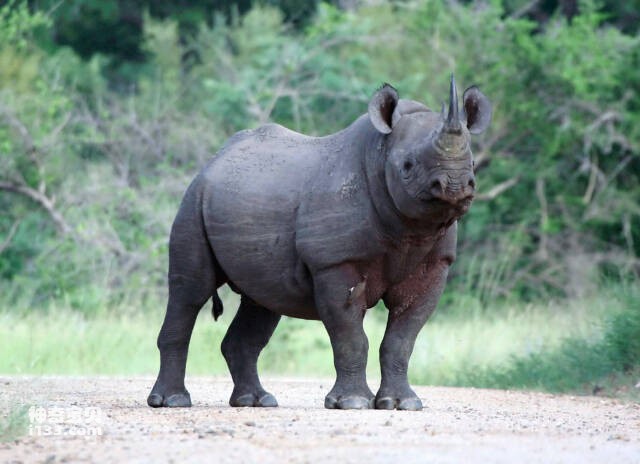
3. Javan rhino (scientific name: Rhinoceros sondaicus)
The Javan rhino is the smallest species of the genus Rhinoceros and one of the most endangered large land animals in the world. They were originally distributed in the islands of Java and Sumatra in Southeast Asia, but now there are less than 100 wild Javan rhinos surviving in the Java National Park in Indonesia. Javan rhinos are small, about 3-4 meters long, only about 1.5 meters high at the shoulder, and can weigh up to about 1 ton. Characteristics include a single horn with hard horn, many wrinkles on the skin, a long head and a mouth located low on the head. There are two main reasons why the Javan rhinoceros is endangered: (1) Javan rhinoceros has been poached in large numbers (rhino horns are regarded as valuable traditional Chinese medicine and are carved into dagger handles in Yemen) (2) The reduction and destruction of Javan rhinoceros habitats.
Javan rhinos are herbivores and feed mainly on leaves, buds, and fruits. Javan rhinos currently face an extremely high risk of extinction due to habitat destruction and poaching. In order to protect this species, many organizations have begun conservation work, such as establishing nature reserves and strengthening law enforcement to combat poaching.
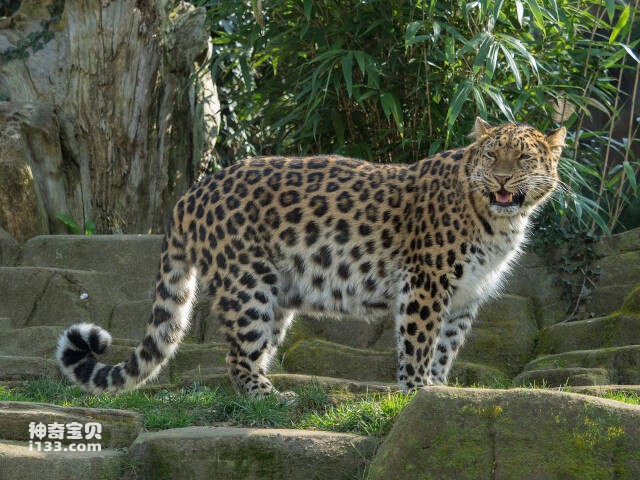
4. Amur leopard (scientific name: Panthera pardus orientalis)
The Amur leopard, also known as the Siberian leopard or golden leopard, is a subspecies of leopard living in eastern Asia. They are distributed in the Russian Far East, the Korean Peninsula and Northeast China. The Amur leopard is one of the largest subspecies of the genus Leopard, with a body length of up to 2.5 meters and a shoulder height of up to 1.2 meters. Compared with other leopard subspecies, their skulls are broader.
The Amur leopard is a solitary animal that usually becomes active at dusk. It mainly makes a living by hunting, preying on deer, wild boars, goats, small mammals, etc. They can live for more than 15 years in the wild, but due to habitat destruction and the impact of human activities such as illegal hunting, this species is currently critically endangered, with only an estimated 100 individuals left. Governments and animal protection organizations of various countries are implementing a number of measures to protect the Amur leopard, including establishing protected areas, banning illegal hunting, and promoting environmental education.
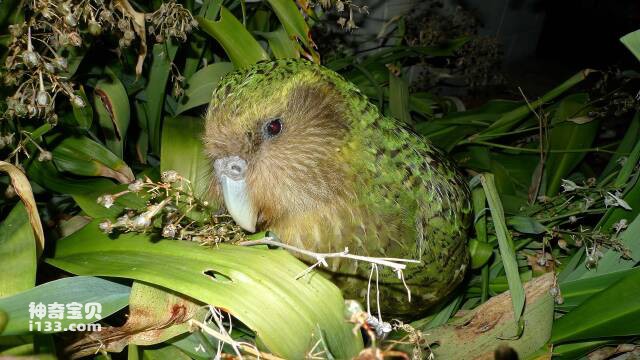
5. Kakapo (scientific name: Strigops habroptila)
The Kakapo, also known as the Night Parrot, is a large wingless bird endemic to New Zealand. They are the heaviest parrots in the world, with a body length of about 60 centimeters and a weight of about 3.5 kilograms. New Zealanders call it "kakapo", and the name comes from the Maori word "kākāpō", which means "night parrot". Their beautiful plumage is a mix of green and brown, making them very difficult to spot in the woodland. The kakapo is one of the longest-lived birds in the world, with a lifespan of up to 58 years. Due to habitat destruction and the impact of human activities, the kakapo is listed as a critically endangered species by IUCN, with only a few individuals left.
The kakapo is a nocturnal bird. It often stays in tree holes or tree trunk cracks to rest during the day, and is active at night in search of food, mainly feeding on nuts, seeds, fruits and insects. Unlike other parrots, the kakapo does not have any ability to fly. It is the only flightless parrot in the world, but it can use its strong legs and claws to climb and move between branches. In addition, they also have a very unique cooling mechanism and curious personality, so they have attracted much attention and love.
In order to protect the survival of the kakapo, the New Zealand government and its relevant agencies have taken a number of measures, including establishing protected areas, strengthening species breeding plans, and banning illegal hunting. As of November 2020, the number of New Zealand kakapos has recovered to about 210. The kakapos all wear radio trackers and are closely monitored and managed. These efforts have yielded some results, but greater efforts are needed to ensure the kakapo's continued presence in our world.
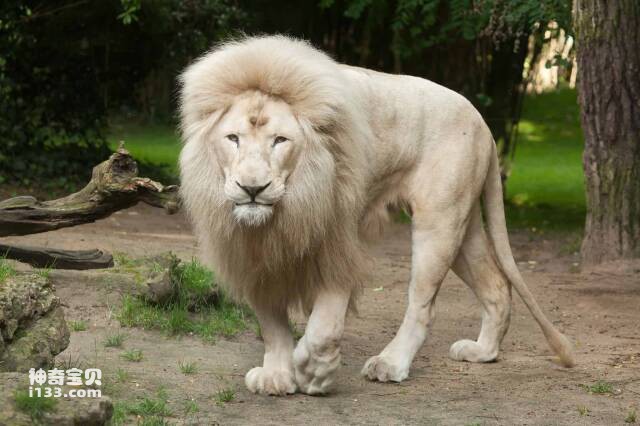
6. White lion (scientific name: Panthera leo)
The white lion is a rare color variation of the lion. The white lion was first discovered in South Africa last century. The number of white lions in the world is less than 100. The white lion's hair is white or light yellow, and its eyes are light blue or light gold. They live in the grasslands of South Africa and are currently on the verge of extinction due to threats from humans and habitat loss. Some scientists have shown that white lions may be an ancient species that lived in colder, ice-covered wild environments such as the Arctic. White was a protective color that was more beneficial to the living environment at that time. After biological evolution, this species gradually disappeared. , but the gene for white coat color still exists in a small number of yellow African lions today.
White lions are born with white fur, so it is difficult for them to join a group of brown lions and lead a solitary life. Although it is a lion, it is difficult to find food if it is separated from the group, so it is easy to die young. Therefore, once locals discover white lions, they are taken to the zoo for protection.
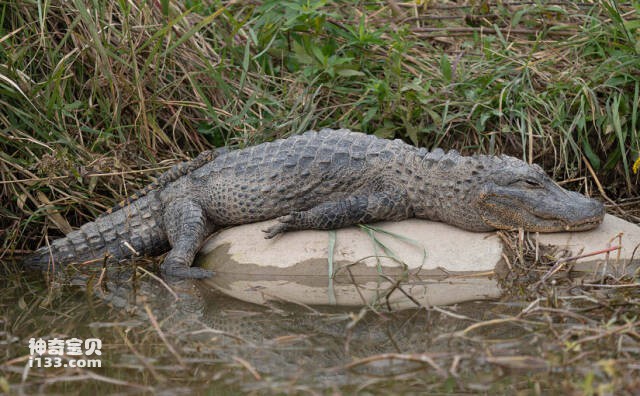
7. Alligator (scientific name: Alligator sinensis)
The alligator is a type of crocodile endemic to China, also known as the alligator or alligator. The alligator is currently one of the rarest and most endangered crocodiles in the world and is restricted to the Yangtze River and some adjacent waters in China. The alligator is about 3-4 meters long and can reach up to 5 meters. It weighs about 400-500 kilograms and is smaller than ordinary crocodiles. Its head is long and narrow, its mouth is slender, its eyes are small and high, and its back and tail have brown skin with many round black spots. The alligator feeds mainly on fish, crustaceans and amphibians and is a typical predator.
The number of alligators has declined sharply due to habitat destruction, overhunting, and illegal trade. Currently, there are less than 100 wild alligators in the world, and they have been listed as a national first-level protected animal.
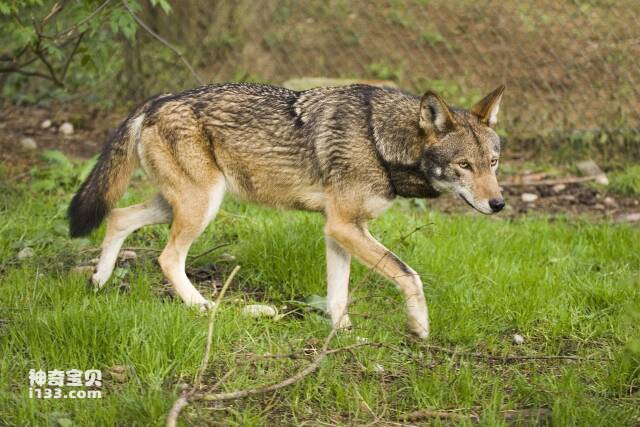
8. Red wolf (scientific name: Canis rufus)
The red wolf is a medium-sized wolf that lives in the southeastern United States and is the only independent wolf species in North America. An adult red wolf is about 1-1.3 meters long, about 60 centimeters tall at the shoulder, and generally weighs between 20-30 kilograms. The fur color of the red wolf is mainly brown-red, and the throat, chest and abdomen are white. They have keen senses of hearing and smell, and in the wild they mainly feed on small mammals, such as rabbits, mice, deer, etc.
However, red wolves were once at risk of becoming endangered or even extinct due to increased human development and hunting. By the 1980s, there were less than 100 red wolves left in the wild and they were forced into captive breeding programs. After years of protection and recovery, the number of red wolves has increased, but they are still not completely out of the danger. Therefore, red wolves have been listed as an endangered species in the United States and are subject to strict protection.

9. Sumatrensis (scientific name: Dicerorhinus sumatrensis)
The Sumatran rhinoceros, also known as Sumatran rhinoceros, is the smallest species in the rhinoceros family. They are mainly found on the Indonesian island of Sumatra, hence their name. There are only about 100 Sumatran rhinos left in the wild in the world today, and they are an endangered species. The Sumatran rhinoceros is small, only 2-3 meters long, 1.2-1.5 meters high at the shoulder, and weighs about 500-800 kilograms. They are characterized by relatively long heads and narrow mouths.Thin and pointed, the skin is light gray and there are wrinkles all over the body. Unlike other rhinos, the Sumatran rhinoceros has only one horn, which is usually between 20-25 centimeters in length. They are mainly herbivorous, eating plants such as grass and leaves with shorter lower parts.
Sumatran rhinos face many threats, including habitat destruction by human development, illegal poaching, and forest fires. In order to protect this endangered species, the Indonesian government has taken a variety of measures, including establishing nature reserves, strengthening monitoring and combating poaching. At the same time, the international community is also actively promoting actions to protect the Sumatran rhinoceros.
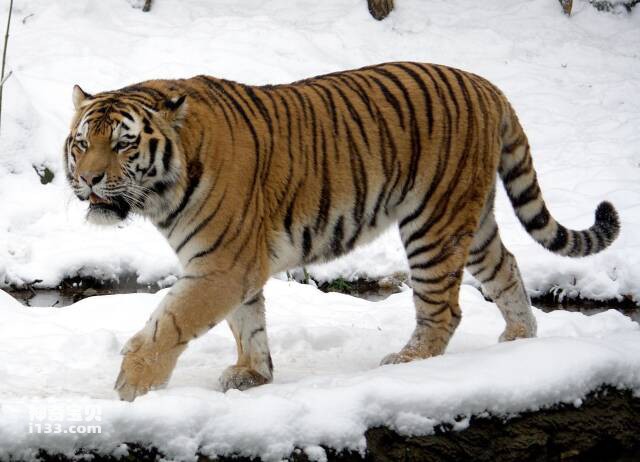
10. Siberian tiger (scientific name: Panthera tigris ssp. altaica)
The Siberian tiger, also known as the Siberian tiger or the Amur tiger, is one of the largest cats in the world. They are distributed in the Far East of Russia and Northeast China. Siberian tigers are huge, with adult males weighing 300-500 kilograms and measuring 3-3.5 meters in length; females are generally smaller. The coat color of the Siberian tiger is light yellow to orange, with white belly and inner legs and dark stripes on the back. Their forelimbs are particularly strong and can easily bear the pressure of their own body weight while still being able to grab prey. Siberian tigers mainly make a living by hunting deer, wild boar, fish and other small mammals.
However, due to habitat destruction, overhunting, and illegal trade, the number of Siberian tigers has declined sharply. Currently, there are less than 500 Siberian tigers left in the world in the wild. They have been listed as an endangered species and are under international protection. In order to protect this rare species, the Russian and Chinese governments have taken a series of measures, including banning illegal hunting, establishing nature reserves and conducting scientific research.
As ordinary people, we can also take the following measures to help rare animals be better protected:
1. Pay attention to news about rare animal protection: Pay attention to news and reports released by relevant media and organizations, and understand and pay attention to the current status and protection measures of rare animals.
2. Support relevant organizations: Donate to various rare animal protection organizations or volunteer to participate in related activities to provide them with necessary financial and strength support.
3. Reduce consumption of rare animal products: Do not purchase any rare animals and their products, such as ivory, tiger bones, rhino horns, etc., to avoid supporting illegal trade practices.
4. Promote awareness of the protection of rare animals: Spread awareness of the protection of rare animals to friends, family, colleagues and social networks around you, and promote public attention to the protection of rare animals.
5. Save resources and reduce carbon emissions: Reduce the use of disposable plastics, save water and electricity and other resources as much as possible, and choose environmentally friendly travel methods to reduce carbon emissions and other behaviors that help protect rare animals.
In short, everyone can start from themselves, take positive actions, and contribute to the protection of rare animals. Finally, thank you for reading. If you want to know more about animals, please follow me. Thank you~
animal tags:
We created this article in conjunction with AI technology, then made sure it was fact-checked and edited by a Animals Top editor.